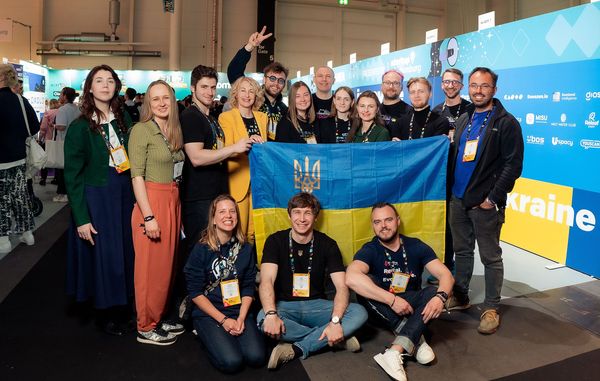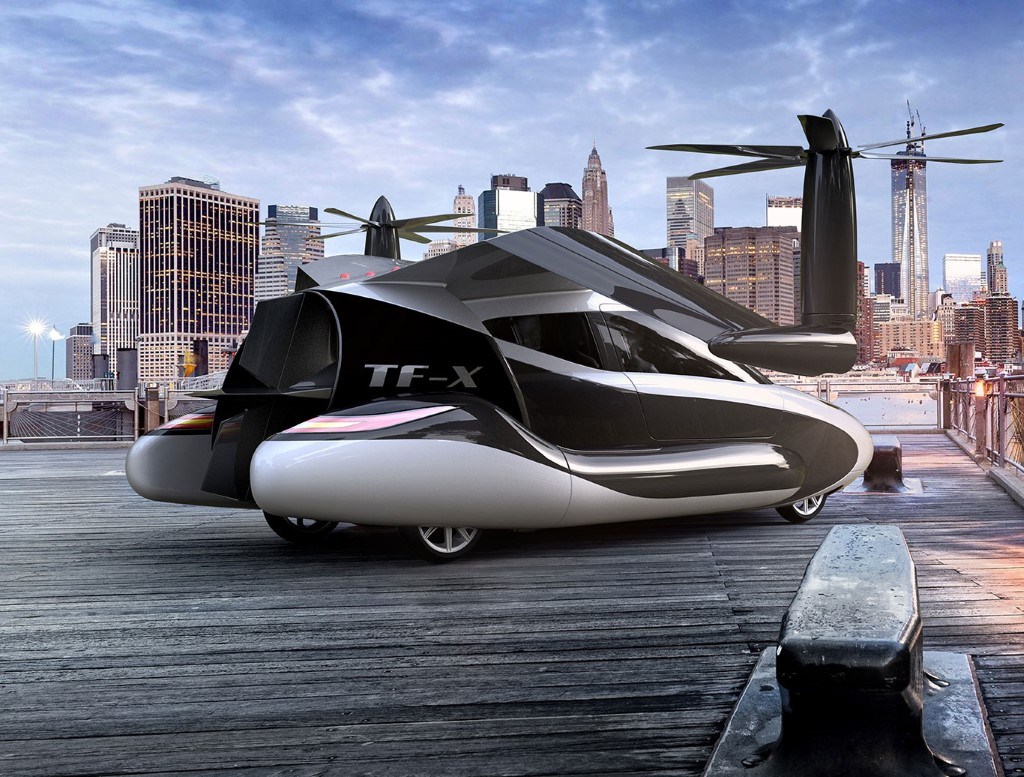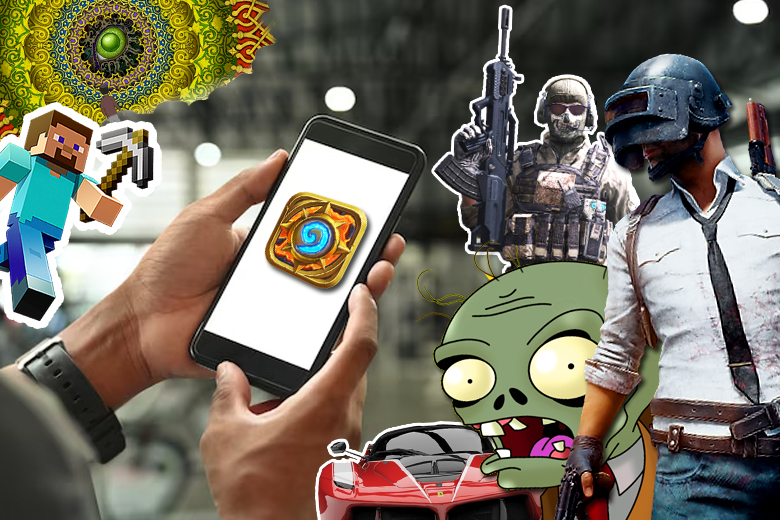In the near future, the hum of machines and the flicker of neon lights will paint the nighttime landscape of an urban jungle. Bars and restaurants, once a place of human interaction and camaraderie, have become a playground for a new kind of creature – robots and artificial intelligence.
Among them, Cecilia, a robotic bartender, stands out as a beacon of innovation in the bar industry, and Flippy, developed by Miso Robotics, flips burgers with unparalleled precision in various food outlets.
Cecilia, with its sleek metal frame and sophisticated circuitry, is more than just a mixer. It is equipped with advanced artificial intelligence that allows it to talk to customers, understand their preferences and even recognise their emotions. Cecilia’s productivity is up to 120 cocktails per hour, and the robotic bartender can accompany the drink preparation process by telling jokes and anecdotes. Similar to virtual assistants of the past, such as Alexa, Cecilia can answer queries, make recommendations, and provide a semblance of human interaction.

Photo: Cecilia, a robotic bartender, Source: Cecilia.ai
The integration of robots such as Cecilia and Flippy in bars and restaurants reflects the evolution of the service industry. The efficiency and precision of robotic bartenders and chefs eliminate the risk of human error, ensuring that every cocktail is mixed to perfection and every burger is flipped at the right time.
The use of artificial intelligence allows for personalised customer service as the system learns and adapts to individual tastes and preferences.
Many restaurant chains are experimenting with automation technologies due to the constant shortage of labour and the need to maintain profits. The labour shortage has led to higher wages, which has affected restaurant operators’ profits. Automation is seen as a solution to maintain consistency and accuracy in food preparation and service.
However, the emergence of robotic bartenders and chefs is calling into question the very essence of bars and restaurants as social spaces. Can robots with their artificial intelligence truly recreate the warmth and understanding of human interaction?

Photo: Sweetgreen’s automated salad preparation restaurant, Source: Sweetgreen.com
Sweetgreen’s automated salad preparation process and Picnic’s pizza assembly equipment are examples of how automation is changing the culinary experience, but the human touch remains the same.
Miso Robotics has developed Flippy, a robot that can flip burgers and cook chicken wings.
Flippy and Flippy-2 are a robotic arm that works under the control of cameras and artificial intelligence. Its arsenal of culinary skills includes up to 19 simple dishes, mostly from the menu of fast food restaurants: onion rings, fries, burgers, wings, etc. It is capable of replacing up to 3 cooks in the kitchen and produces 150 patties per hour, which are used to make burgers, as well as a standard fast food menu.
The finest hour for Flippy and its analogues came with the onset of the pandemic – additional automation of the production process became in great demand.

Photo: robotic arm Flippy by Miso Robotics, Source: Misorobotics.com
Flippy’s developers also recommend that restaurateurs display the robot in front of visitors in an “open kitchen” format, so that the robot will not only prepare orders but also entertain customers who will film its work for their social media posts. Such a “cooking show” will provide additional bonuses and can become a hallmark of the establishment.
30,000 for one kitchen unit plus monthly software and maintenance fees of about $1,500. It sounds expensive compared to the cost of an ordinary cook. But it can be rented for about $3000 per month. White Castle and Chipotle are among the chains that have tested or implemented this technology.
Do you remember White Castle? That’s where Harold and Kumar went in the comic road movie.
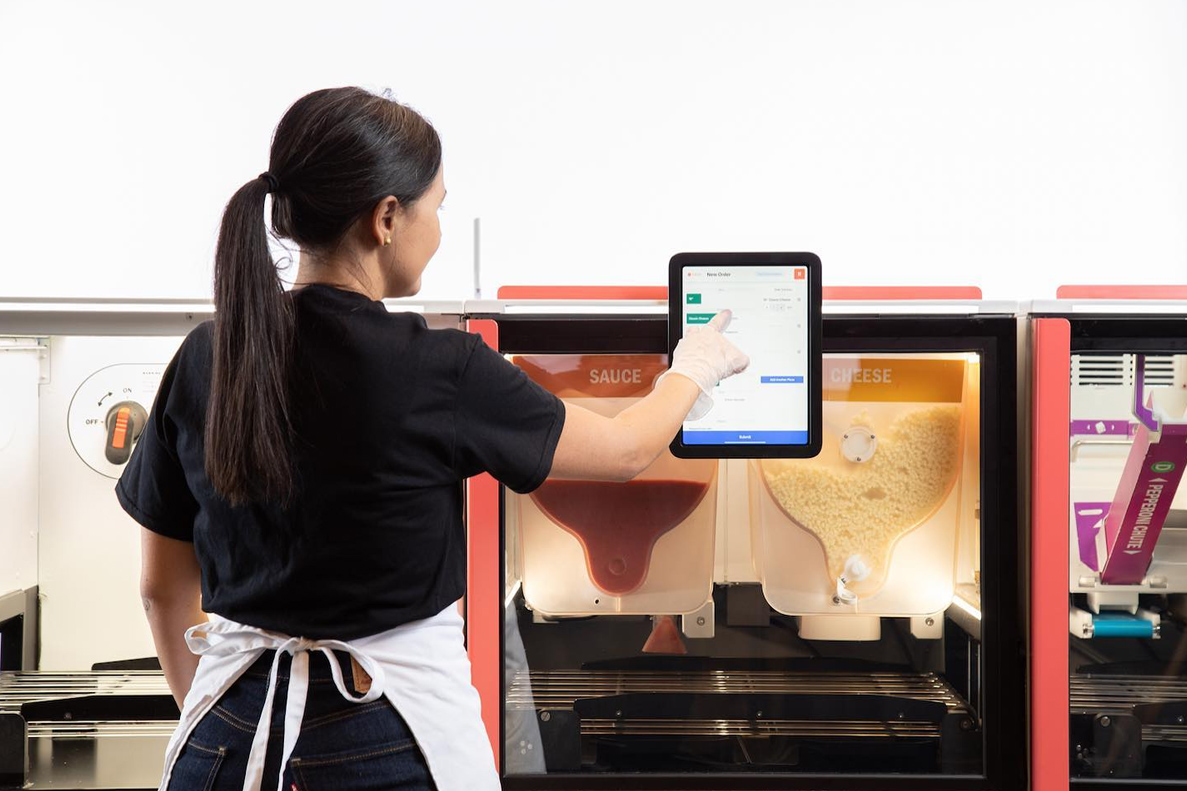
Photo: Picnic, robot-pizzaiolo, Source: Picnicworks.com
Another startup, Picnic, offers equipment that automates the process of assembling a pizza by adding sauce, cheese, and other toppings. The technology is being tested by Domino’s franchisees in Berlin.
The Makr Shakr robotic bar has set sail on eight Royal Caribbean cruise ships, ready to serve you mai tais with its chrome arms that look like hoops. Watching two graceful robotic arms reach for bottles of alcohol and shake them in James Bond style is certainly a new experience for people like you and me.
After the Bionic Bar scans your ID, you queue up for a drink on a list that displays your cocktail, your place in line and the ingredients that go into it. The robot bartender can serve up to 800 drinks per evening.
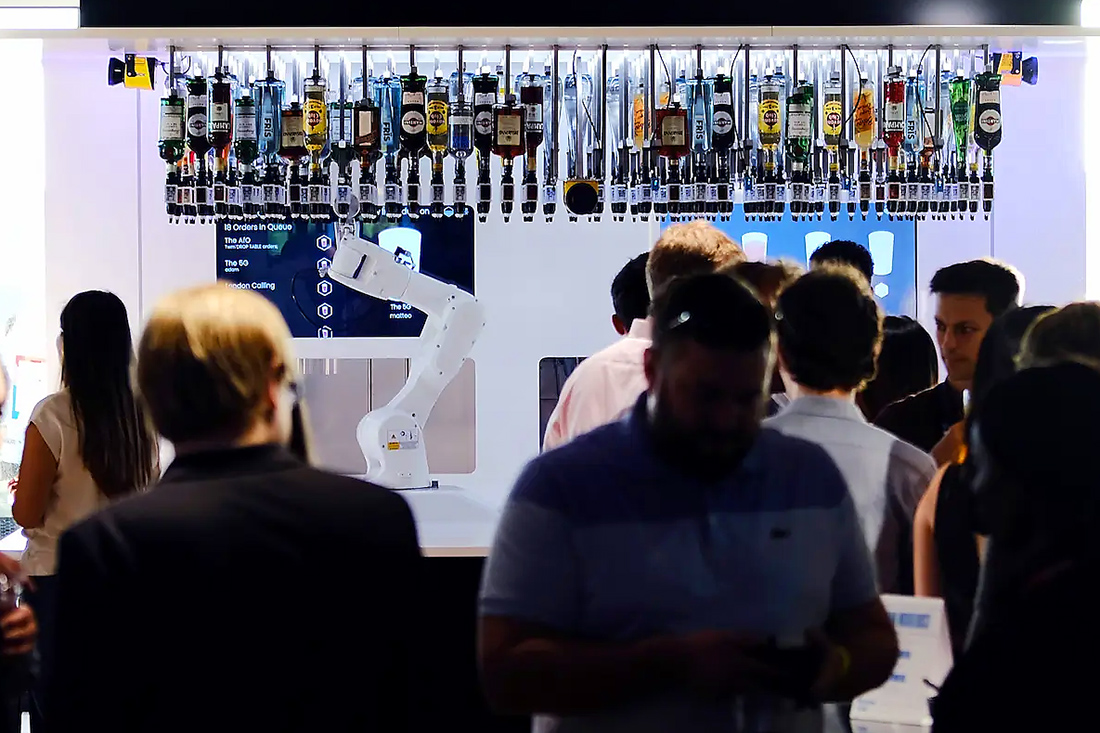
Photo: Bionic Bar, Source: Makrshakr.com
In this new world, the role of humans in bars and restaurants is being redefined. People become supervisors serving the robotic workforce. They monitor systems, troubleshoot problems and ensure the smooth running of the establishment.
But more importantly, they become the carriers of human connection, the providers of genuine interaction in a world dominated by machines.
Ethical considerations and the impact of automation on employment are at the forefront of industry discussions. The balance between efficiency and empathy is a delicate one, and the industry must navigate this terrain with care and foresight.
Protecting customer data collected by AI systems is paramount, and strict measures must be taken to safeguard customer information. The combination of robots and AI in bars and restaurants offers unprecedented opportunities for efficiency and customisation, but also raises profound questions about the nature of human interaction and the nature of the gastronomic experience.
As we enter this brave new world, we must reflect on the implications of our creations and strive to preserve the human spirit in an increasingly mechanised environment.
The integration of robots into gastronomy also raises ethical and philosophical questions about the nature of the culinary arts and the dining experience. Can the mechanical precision of robots resonate with the emotional and nuanced symphony of flavours inherent in gastronomy? Can automation truly replicate the deep understanding and subtle interplay of ingredients that human chefs bring to the table?
By Source: The Gaze





